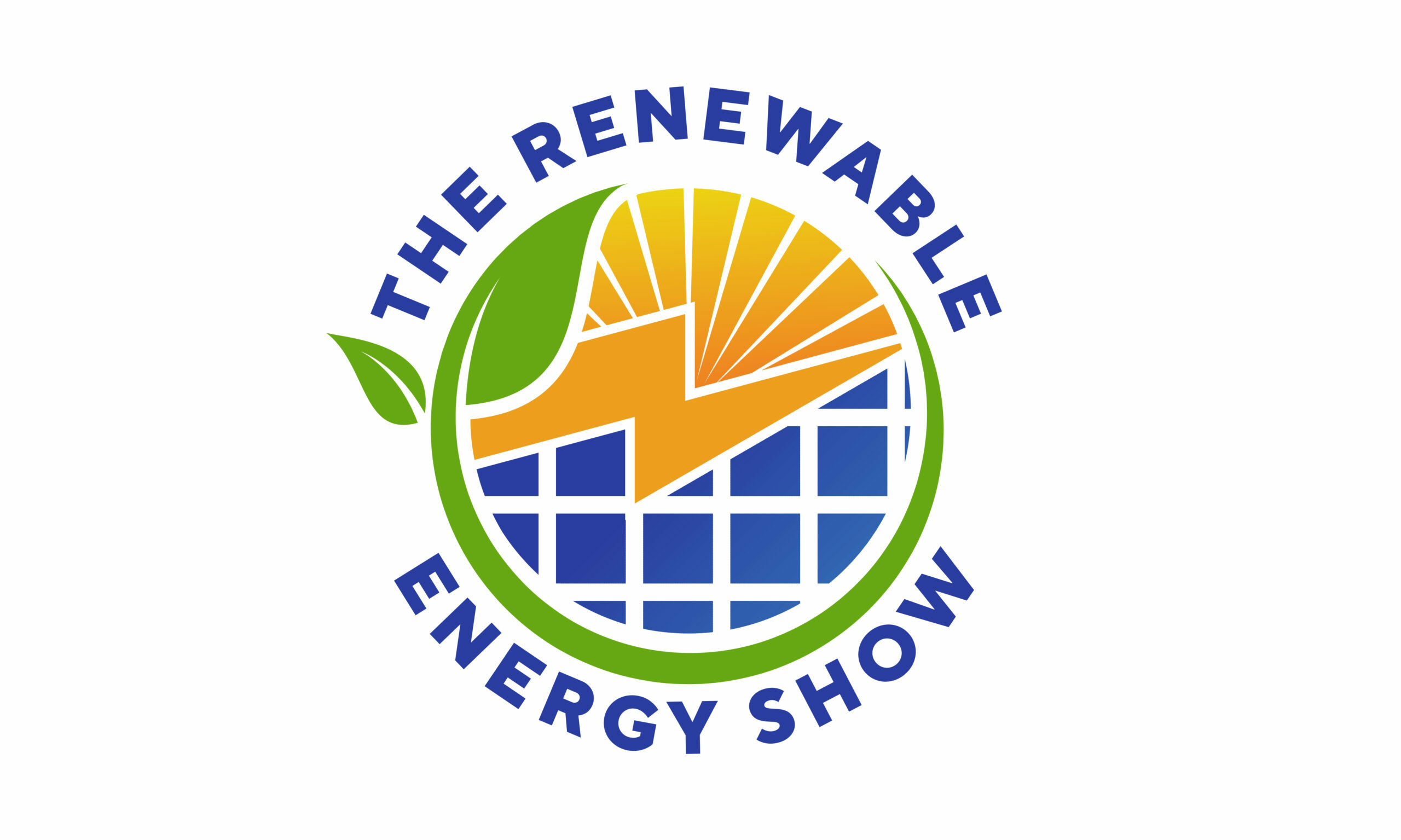As the world grapples with the challenges of climate change, renewable energy has become a beacon of hope. Among the various alternatives, wind turbines have emerged as a game-changer, providing clean and sustainable power to households and industries worldwide. But have you ever wondered how these towering structures work, and what makes them such an essential part of our future energy mix?
Wind turbines are, essentially, machines that convert the kinetic energy of the wind into electricity. The process is simple yet ingenious. A large, slow-moving blade is attached to a hub, which is connected to a generator. As the wind blows, the blade rotates, causing the hub to spin. This motion is transferred to the generator, which converts the mechanical energy into electrical energy.
The benefits of wind turbines are numerous. For one, they produce no emissions, making them an attractive alternative to fossil fuels. Moreover, the cost of wind energy has decreased dramatically over the years, making it competitive with traditional sources of power. In fact, a study by the National Renewable Energy Laboratory found that wind energy can save consumers up to 75% on their electricity bills.
But what’s truly remarkable about wind turbines is their scalability. Unlike traditional power plants, which require massive amounts of land and resources, wind turbines can be deployed in a variety of settings – from coastal areas to rural landscapes. In fact, the world’s largest wind farm, the Jaisalmer Wind Park in India, generates enough electricity to power over 1 million homes.
Of course, there are challenges associated with wind turbines. One of the biggest concerns is the impact on local wildlife, particularly birds and bats. To mitigate this, many wind farms are designed with bird-friendly features, such as slowing down the rotation of the blades or using noise-reducing materials.
Another challenge is the intermittent nature of wind energy. Unlike solar panels, which produce energy during the day, wind turbines generate electricity only when the wind blows. To address this, many countries are investing in energy storage technologies, such as batteries, to stabilize the grid.
As the world continues to transition towards a low-carbon economy, wind turbines will play an increasingly important role. In fact, the International Energy Agency (IEA) predicts that wind energy will account for over 30% of global electricity generation by 2050. That’s a staggering figure, but one that’s entirely achievable with the right investment and innovation.
In conclusion, wind turbines are not just a welcome alternative to fossil fuels; they’re a vital component of our clean energy future. As we continue to harness the power of the wind, we’ll not only reduce our carbon footprint but also create new economic opportunities and jobs. The future is blowing in the wind, and it’s a future we should be excited about.
